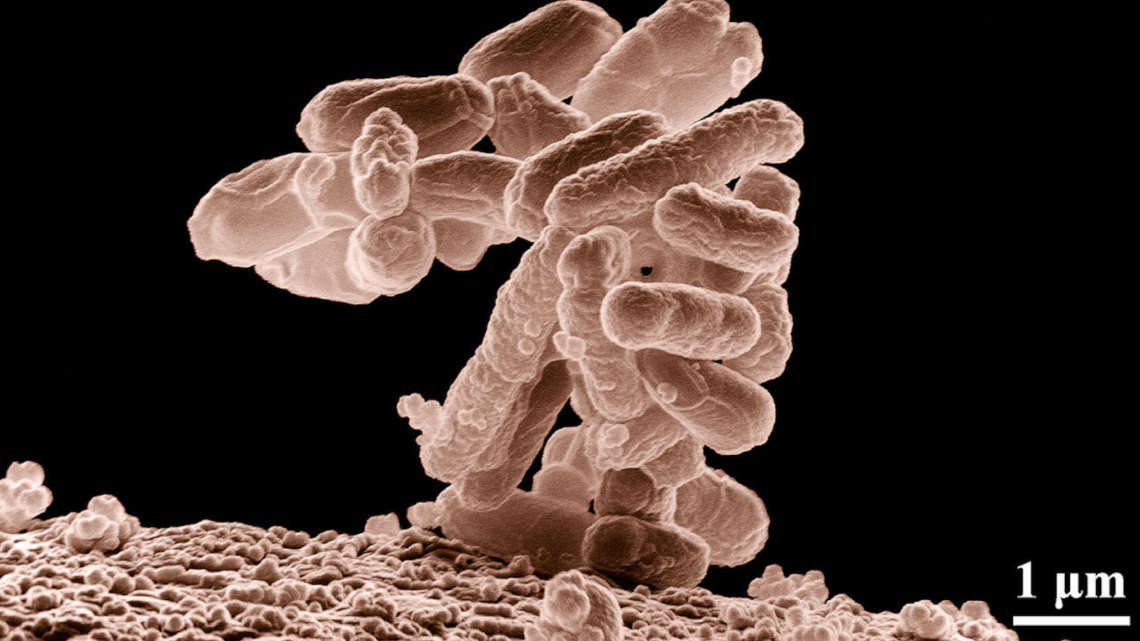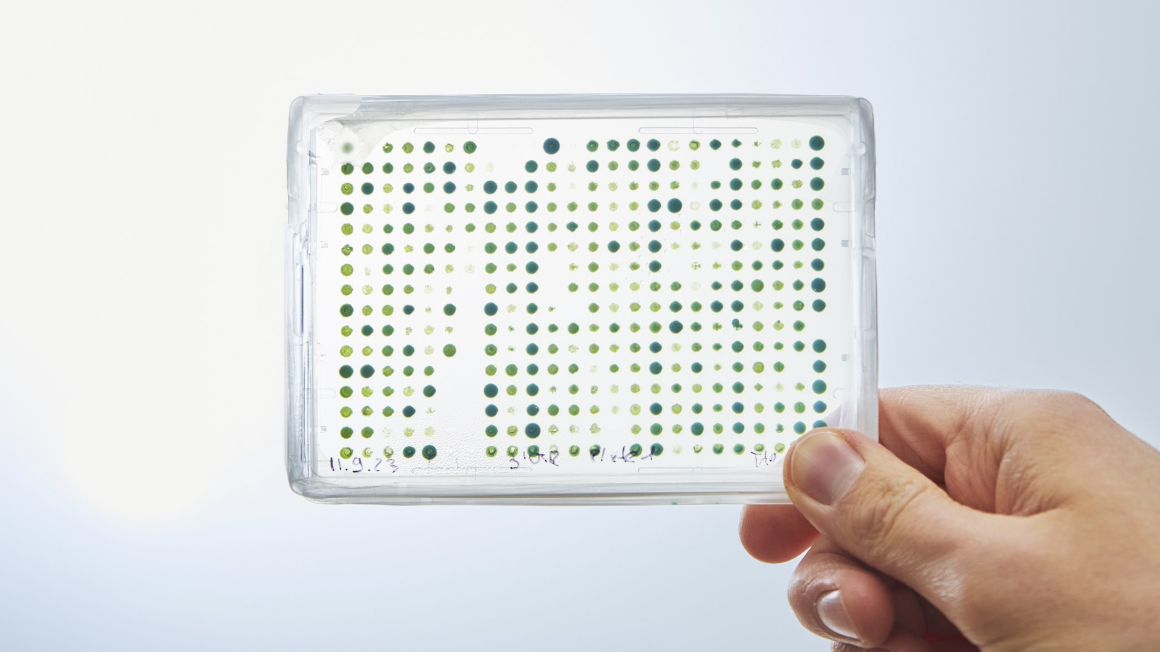Bacteria adapted to feed on CO2
Bioengineers have reprogrammed E. coli bacteria so that they can use CO2 as a carbon source.

The bacterium Escherichia coli is one of the favourite organisms of microbiologists and biotechnologists. E. coli is easy to cultivate in the laboratory. It has been well researched and is well suited for the implementation of biotechnological processes. So far, however, the bacterium has used carbohydrates as a source of carbon both in nature and in industrial applications. An international research team led by the Weizman Institute in Israel has now succeeded in converting the diet of E. coli to carbon dioxide from the air. Researchers from the Max Planck Institute for Molecular Plant Physiology in Potsdam were also involved in the study, which appeared in the journal „Cell“.
New genes for new metabolic processes
This would not be possible under natural circumstances, since E. coli is a heterotrophic bacterium that feeds on organic carbon sources and does not possess the genes for the enzymes that enable autotrophic bacteria to utilize carbon dioxide. The researchers have therefore started by adding to the genome of E. coli the genes required for the metabolic processes of a carbon dioxide-based diet. They also inserted a gene that allowed the bacteria to get energy from a readily available substance called formate that can be produced directly from electricity and air and which is apt to “give up” electrons to the bacteria.
A masterpiece of directed lab evolution
Then, in a process called lab evolution, the bacteria were gradually weaned off their primary feeding source sugar. In order to force the bacterium to use carbon dioxide instead of sugars for growth, the researchers also removed the genes for biomass production using carbohydrates. The directed evolution in the laboratory took about 200 days, and after this time E. coli had actually learned to feed completely without carbohydrates.
Still with a negative CO2 balance
Research director Ron Milo was pleased to conclude that he had not expected such a drastic change in the natural growth processes of E. coli to be possible. The bacterium still releases more CO2 than it consumes, because CO2 is produced as a metabolic product during energy production from formate. However, the researchers are optimistic that further development work will be able to reduce this effect. If the point were reached at which the bacteria consume more CO2 than they secrete, companies that already produce substances such as insulin in E. coli could in future use carbon dioxide emissions from the steel or concrete industry as a raw material.
bl/um


